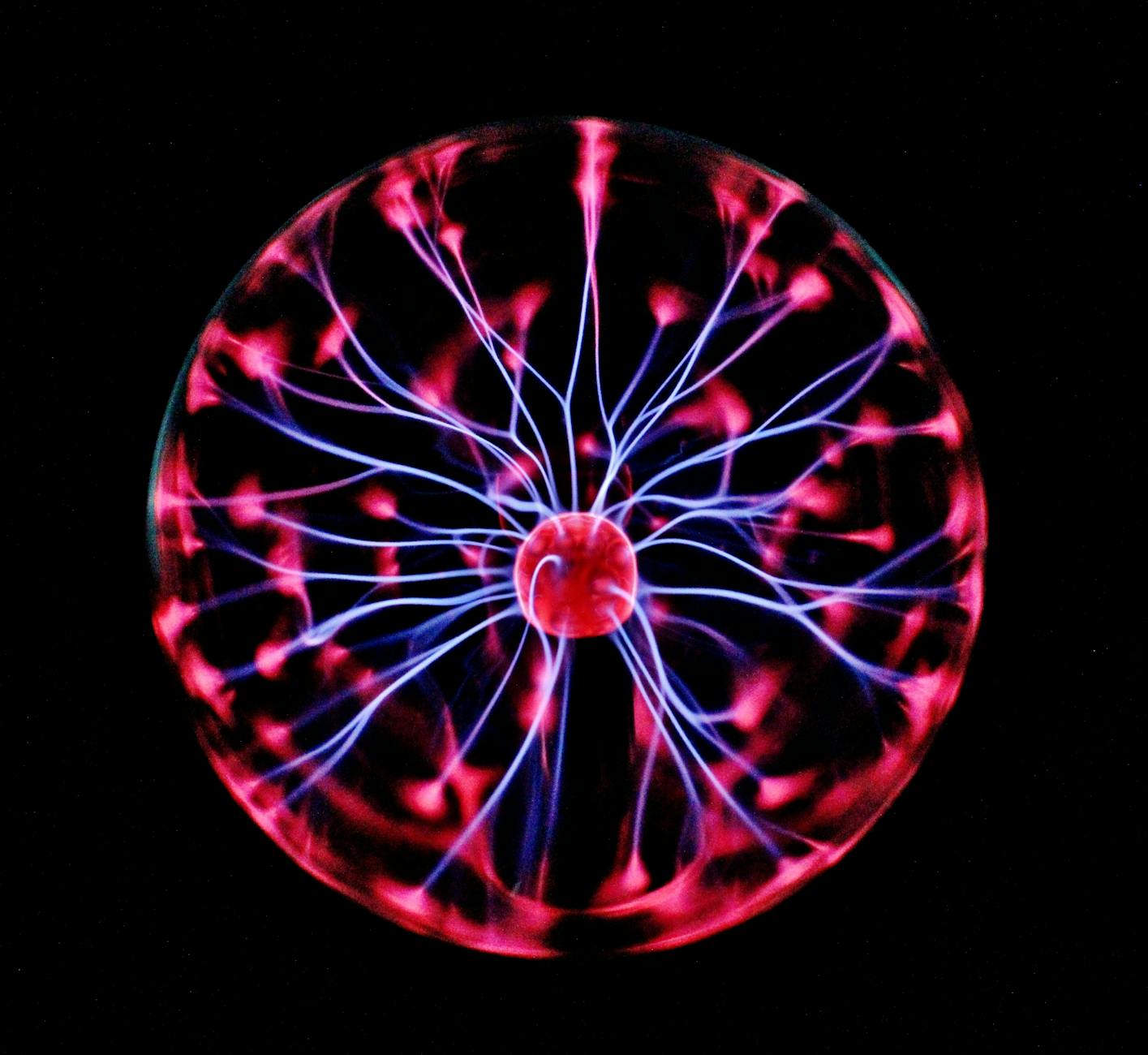Railgun is sometimes mis-spelled as rail gun.

- Principle of Operation: A railgun operates on the principle of Lorentz force, which states that any current-carrying conductor placed within an external magnetic field experiences a force. The force is perpendicular to both the current and the magnetic field.


- Rail Structure: The railgun has a structure composed of two parallel conductive rails. These rails are analogous to a large circuit, completed by a conductive armature.

- Creation of Current: When a power source is connected to the rails, a current is generated. This current flows up one rail, across the armature, and then down the other rail.

- Creation of Magnetic Field: The electric current flowing through the rails creates a magnetic field around each rail. The magnetic fields associated with each rail interact, producing a net magnetic field in the area between the rails.
- Application of Lorentz Force: According to the Lorentz force law, a force will act on the armature, which is carrying the current. This force, which acts perpendicularly to both the direction of the current and the magnetic field, propels the armature along the rails.
- Acceleration: The Lorentz force propels the armature along the rails, accelerating the projectile at a tremendous rate. The strength of the Lorentz force is directly proportional to the amount of current, which means more current results in a more powerful force.
- Firing the Projectile: The armature can either be part of the projectile or set behind the projectile. If the armature remains with the projectile, it will be accelerated with the projectile. If it’s separate, it stops at the end of the rails while the projectile continues on its path due to momentum.

Remember, railguns are an example of how physics principles like the Lorentz force can be applied in powerful and innovative ways. This technology has potential applications in various fields like military, space exploration, and particle acceleration.




